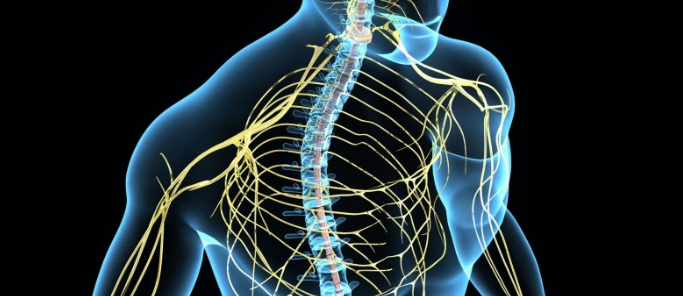Cervical Stingers
Cervical stingers, also known as burners or brachial plexus injuries, are common in contact sports such as football, rugby, and wrestling. They’re characterized by sudden neck and arm pain following impact and can have immediate and long-term implications for athletes. Understanding cervical stingers' causes, symptoms, and management is essential for athletes, coaches, and healthcare professionals involved in sports medicine.
Causes
Cervical stingers typically occur when the head is forcefully pushed sideways or backward, leading to compression or stretching of the brachial plexus nerves in the neck. This can happen during tackles, collisions, or falls onto the head or shoulder. These nerves are mainly responsible for arm strength and sensation and can be irritated or damaged from the sudden impact, resulting in a variety of problems.
Symptoms
Major symptoms may include burning or electric shock-like pain that radiates down the arm, numbness and weakness, or tingling sensations. Athletes often describe a sudden, intense pain followed by temporary weakness. While the symptoms usually go away in seconds, they can persist for longer durations if the impact was intense.
Diagnosis
Diagnosing a cervical stinger primarily relies on examination by doctors and reported symptoms. Healthcare professionals may perform a thorough neurological assessment to evaluate strength, sensation, and reflexes to measure the extent of the damage. Imaging tests such as X-rays, MRI scans, and nerve studies are typically reserved for cases with atypical symptoms or signs of more serious injury, such as spinal cord compression.
Treatment
Treatment for cervical stingers involves removing the athlete from further injury and allowing time for symptoms to resolve. Ice packs, anti-inflammatory medications, massage, and neck strengthening exercises may be recommended to alleviate pain and promote recovery. Athletes should refrain from returning to sports until all symptoms have completely resolved to prevent exacerbation. In cases of persistent stingers, specialized protective gear such as neck rolls or elevated shoulder pads may be used to reduce risk of further injury.
Prevention
Preventive methods play a crucial role in reducing the risk of cervical stingers in contact sports. Athletes can benefit from neck muscle strengthening exercises and proper technique training to minimize danger during gameplay. Safety equipment such as neck rolls can also provide additional stability and protection for athletes prone to stingers.
Conclusion
Cervical stingers are a common injury in contact sports, which has the potential to cause temporary or even long-term neurological deficits. By understanding the causes, symptoms, and strategies for prevention, athletes, coaches, and healthcare professionals can work together to ensure a drop in the number of cervical stingers and a swift recovery.
Sources
Albert, Todd J. “Cervical Sports Injuries: The Stinger.” HealthCentral, 15 Mar. 2019, www.healthcentral.com/condition/spinal-disorders/cervical-sports-injuries-stinger. Accessed 17 Mar. 2024.
“Burners and Stingers.” OrthoInfo, orthoinfo.aaos.org/en/diseases--conditions/burners-and-stingers/. Accessed 16 Mar. 2024.
Hisey, Michael. “Stinger Injuries: What You Should Know.” Sports, 15 Dec. 2015, www.sports-health.com/sports-injuries/head-and-neck-injuries/stinger-injuries-what-know#:~:text=A%20stinger%20is%20the%20term,to%20the%20head%20and%20neck.&text=A%20stinger%20most%20commonly%20occurs,the%20shoulder%20or%20pushed%20backward. Accessed 16 Mar. 2024.



